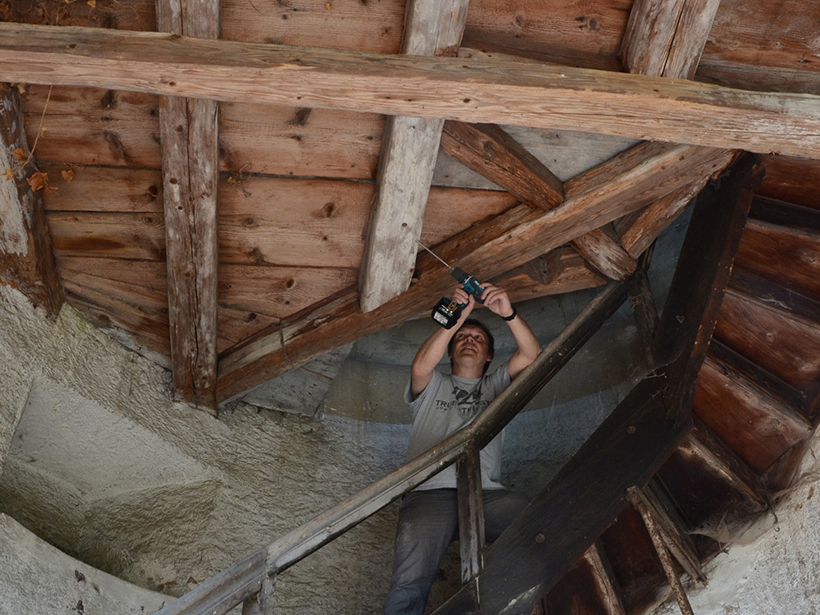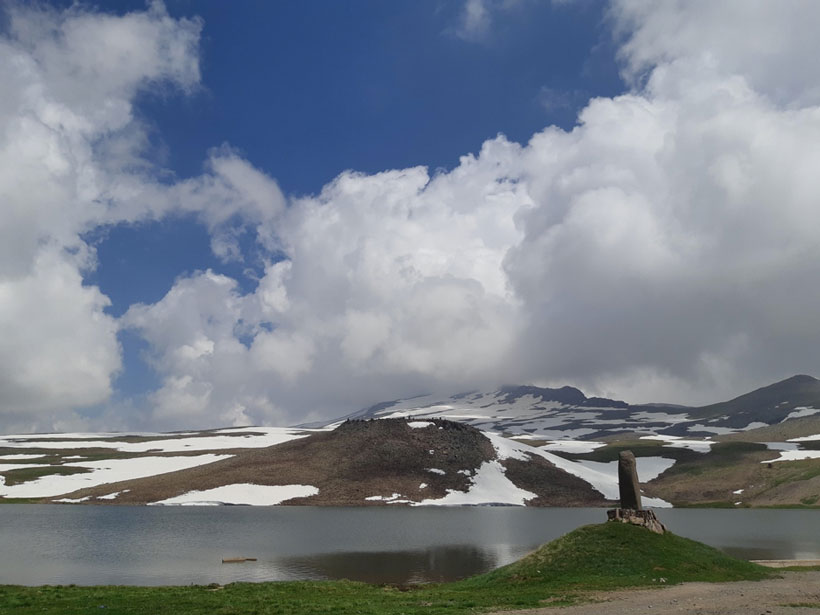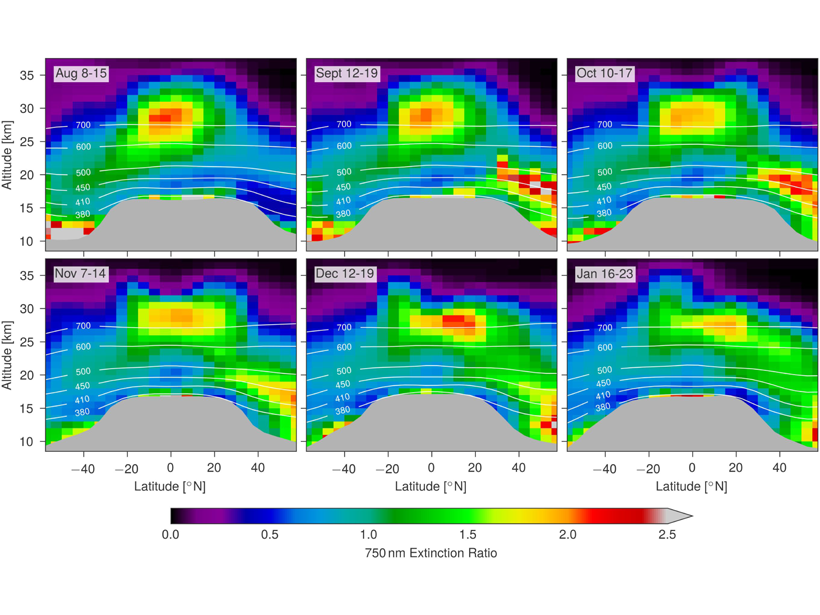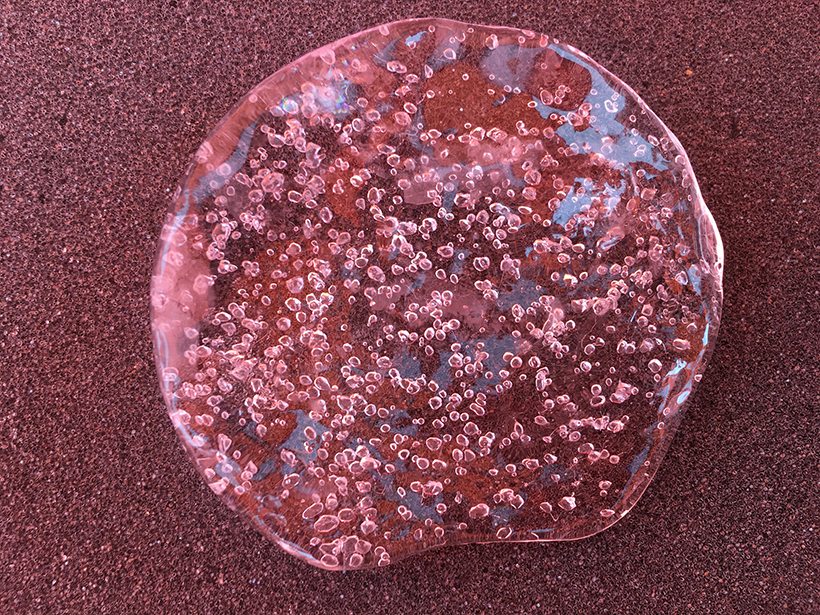An analysis of timber used to construct buildings in Europe hundreds of years ago is giving scientists and historians new insights into the region’s history from the 13th to 17th centuries.
everything atmospheric
What Is Left in the Air After a Wildfire Depends on Exactly What Burned
Forecasting air quality after a wildfire is improving, thanks to more-refined models that measure the biomass going into the blaze and the emissions coming out.
Understanding High-Energy Physics in Earth’s Atmosphere
Thunderstorms present a variety of hazards, including emissions of ionizing radiation. An international group of scientists met at an Armenian observatory to share their findings.
What Do You Get When You Cross a Thunderstorm with a Wildfire?
Lightning, fire vortices, and black hail are some of the frightening features of fire-fueled storms, which may become more common in the future.
Atmospheric Rivers Have Different “Flavors”
New research is helping scientists understand why moisture-laden atmospheric rivers of similar intensities have different effects on land.
Atmospheric Rivers Trigger Heavy Snowmelt in Western USA
A rare atmospheric phenomenon that transports large quantities of water vapor into the coastal watersheds of the western USA is responsible for up to 10–20% of intense snowmelt events in the region.
Satellite Measurements of Stratospheric Forest Fire Smoke
Intense boreal forest fires in August 2017 caused smoke plumes that reached record levels in the stratosphere; satellite measurements show that the effects rivaled a moderate volcanic eruption.
Antarctic Ice Cores Offer a Whiff of Earth’s Ancient Atmosphere
Bubbles of greenhouse gases trapped in ice shed new light on an important climate transition that occurred about a million years ago.
Curiosity Rover Reveals Oxygen Mystery in Martian Atmosphere
An air-sampling study has captured long-term trends in the concentrations of five key atmospheric gases for the first time.
Sparks May Reveal the Nature of Ash Plumes
In lab experiments and models, researchers uncover how ash can affect the standing shock waves of erupting volcanoes. Their findings may lead to new predictions of volcanic ash hazards.










